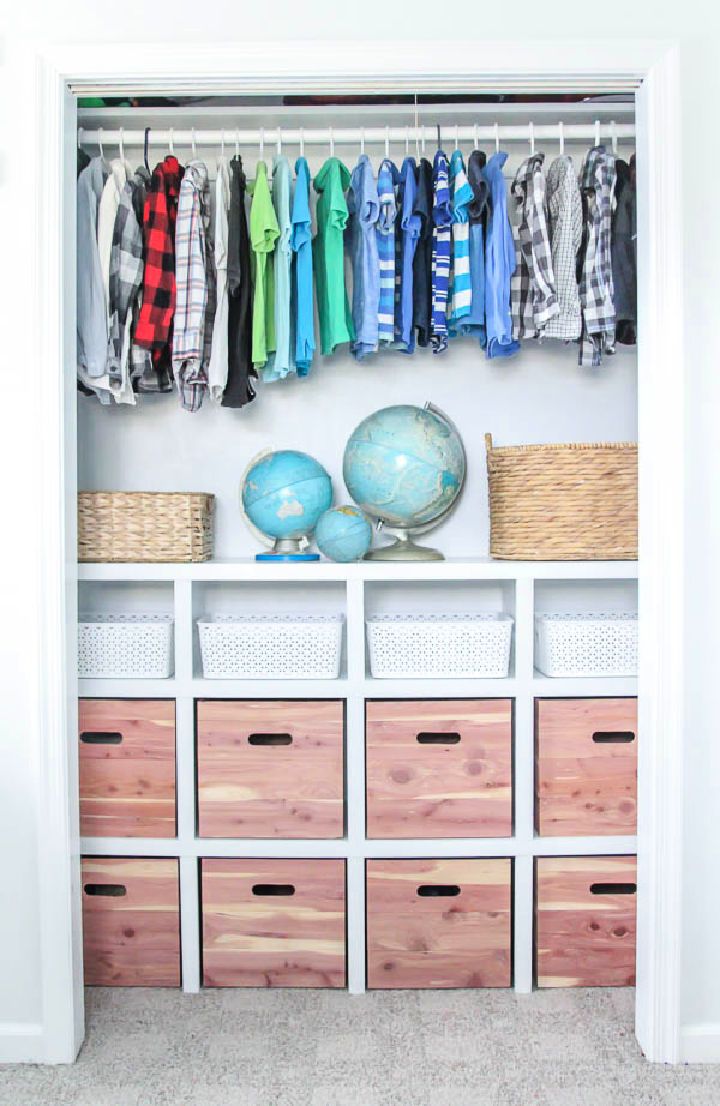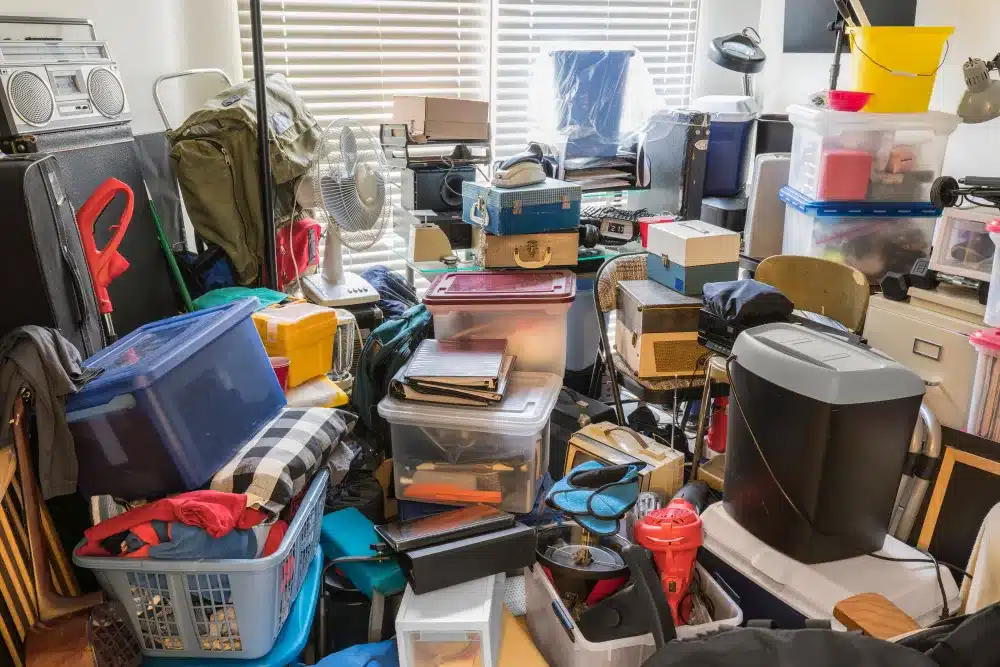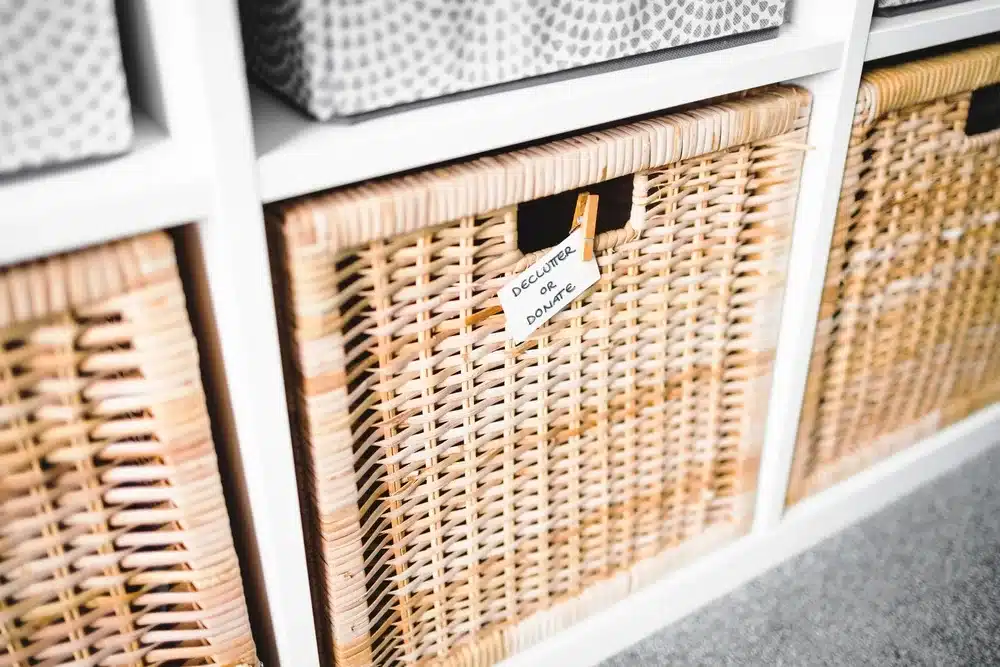
Creating a well-organized DIY storage area can significantly enhance both functionality and accessibility in your home. By implementing strategic methods for sorting, storage, and maintenance, you can maximize your storage potential while reducing clutter. Here’s a comprehensive guide to effectively organizing your DIY storage area.
Assess and Plan Your Space

Before diving into organization, it's crucial to evaluate your existing storage space. Identify key problem areas where items are cluttered or stacked unsafely, and assess the size and layout of the area. Planning provides direction and ensures efficient use of resources. Draw up a simple sketch of your desired layout to visualize how to best utilize the space, allowing for easy access and airflow, especially if the area is poorly lit[2][8].
Declutter and Sort
Once you have a plan, it's time to declutter. Divide items into categories: keep, donate, sell, recycle, and discard. Only hold onto items you use regularly or those of significant sentimental value. If you haven’t used something in the past year, consider letting it go. Begin with easier areas to build momentum, such as seasonal decorations or unused kitchen gadgets[5][7].
Establish a sorting method that prevents confusion later on. Group similar items together to create a sense of order. For instance, store tools in one section, holiday decorations in another, and craft supplies separately[2][7].
Choose the Right Storage Solutions
To effectively store your items, utilize various containers, shelves, and racks. Here are some effective strategies:
Shelving Units: Install sturdy shelving on the walls to maximize vertical space. Adjustable shelves allow you to accommodate items of varying sizes, which is particularly useful in smaller rooms[5][8].
Boxes and Bins: Use clear, sturdy plastic bins for seasonal items or items you don’t need frequent access to. Label containers clearly on multiple sides for easy identification. For delicate items, consider breathable fabric boxes[2][5][9].
Over-the-Door Organizers: These can maximize often underutilized space. From shoe organizers to pocket shelves, they create additional storage without sacrificing floor space[7][9].
Pegboards and Hooks: Install pegboards in workspaces or garages to keep tools and supplies organized and easily accessible. This also encourages utilizing vertical space effectively[10].
Implementing Organizational Strategies
To ensure long-term organization, it's crucial to designate specific areas for different types of items. This systematic approach helps maintain order and makes it easy to return items to their designated spots after use. Utilize all available spaces effectively:
Use the tops of shelving units for items you seldom access.
Employ multi-functional furniture, such as storage benches or ottomans, to combine seating and storage[9].
Arrange items within your bins or on your shelves by frequency of use; keep the most used items at eye level, while seasonal or seldom-used items can be stored higher up or further back[10].
Label Everything

Labeling your storage containers and shelves not only enhances clarity but also helps family members and guests find items without rummaging through your stuff. With labels, everyone can return items to their correct places easily, maintaining your established order[5][7][9].
Maintain Regularly
An organized space requires ongoing effort. Set aside time every few months to revisit your storage area to ensure everything is still in its place and that you still need all items stored there. A seasonal review can be particularly effective, especially for items like clothing or decorations that may change with the seasons[2][4][10].
Encouraging habits like returning items to their designated spots after use will help prevent clutter from building up again. A well-maintained storage area not only looks good but also functions effectively[10].
Conclusion
Organizing a DIY storage area involves careful planning, strategic sorting, and consistent maintenance. By assessing your space, decluttering, choosing appropriate storage solutions, implementing clear organization methods, labeling, and maintaining the area, you can create an efficient and functional storage environment. Emphasizing these practices will ensure that your home remains a clutter-free space conducive to creativity and comfort.
Get more accurate answers with Super Pandi, upload files, personalized discovery feed, save searches and contribute to the PandiPedia.
Let's look at alternatives:
- Modify the query.
- Start a new thread.
- Remove sources (if manually added).